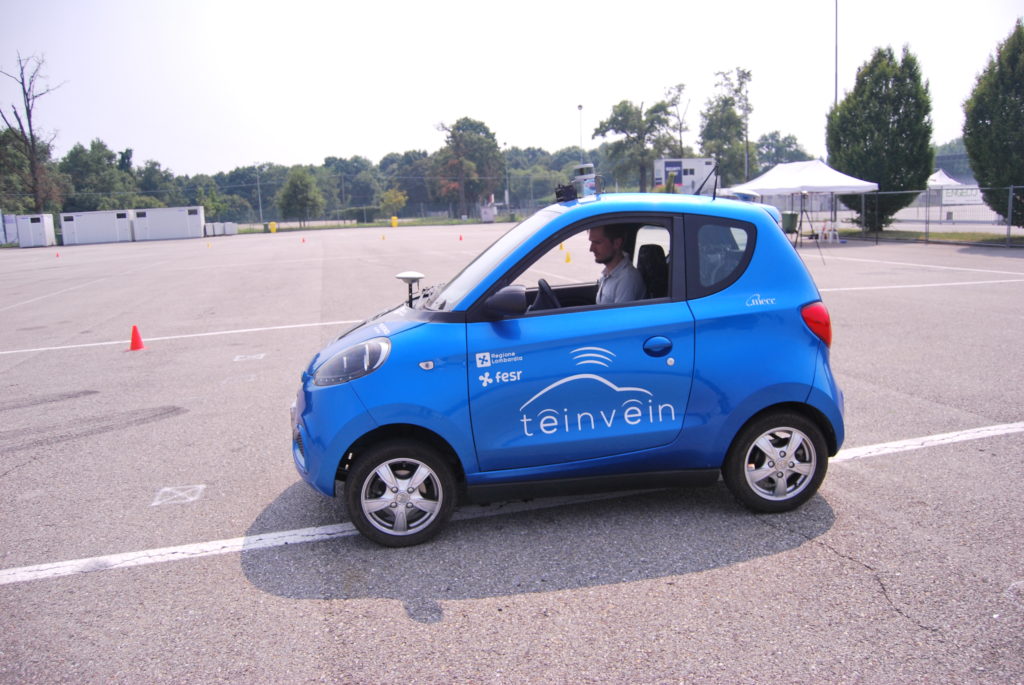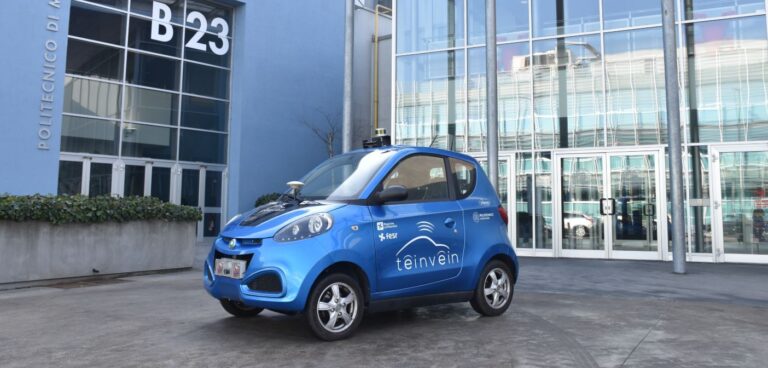Autonomous driving will lead the transition to smart and shared mobility, however to achieve this the collective mindset needs to change, writes Professors Federico Cheli and Francesco Braghin at Politecnico di Milano…
The potential benefits that autonomous driving could bring to global mobility are well known: from the reduction of environmental pollution to superior levels of safety-targeting zero accidents objective. However, there are still some fundamental questions to be answered: Is society ready to accept autonomous driving? Which aspects of the collective mindset should change in the next years?
The most crucial aspect of autonomous driving is embodied in urban mobility. Cities have always attracted people from outer neighbourhoods, not only for being centres of aggregation but also for the number of facilities they provide. Consequently, during the years, cities have been shaped to comply with the interwoven flows of mobility, with streets and infrastructures (such as parking areas) that characterise their main constitutive blocks. The exponential growth of the number of people living in cities in the last decades has made the management of mobility an ever more complex task.
What makes mobility difficult to handle is the societal mindset behind it. People want to be able to travel as they wish and reach their destinations without intermediate stages. This explains why it is still very common to see cars with only one passenger driving for very short distances, despite the availability of efficient public transportation systems. This mentality is even more deeply rooted in older generations who saw the rise of the automotive industry as the greatest technological improvement in their lives and consider cars as a status symbol.

New generations are instead more open to shared mobility and already make large use of it. Bike-sharing is an example. This can be traced back to the fact that they have been exposed from the very early age to connectivity and social interaction. Computers and social networks have dramatically contributed to shaping the mindset of younger generations as powerful means to share ideas. People should thus shift their mentality towards sharing, allowing them to withstand the burden of future mobility. Cars need to be seen as transportation systems that do not belong to someone exclusively but are shared among users with common destinations.
In this scenario, autonomous vehicles will play a key role in promoting the transition from personal to shared technologies. More precisely, shared mobility will be able to reduce the existing gap between private cars and public transportation systems only by exploiting the connectivity-oriented conception of autonomous vehicles. Vehicles will be connected with each other and with the infrastructure, with centralised facilities coordinating them all.
The user will book a seat on a shared autonomous bus, whose route is optimised to reach – with some margin – the destinations of all the passengers, with the compromise of minor time losses for everyone’s travel. Among the other benefits this scenario presents, parking will no longer be an issue for users. Moreover, connected mobility will dramatically reduce the number of required parking lots, which could be converted into green areas.
As for any radical transformation, people have to gradually get used to this new technology and the concepts it introduces. Fortunately, the shift towards autonomous driving will not happen from one day to the other, which could cause many to feel uncomfortable with this technology. Several important steps still need to be defined, concerning various aspects, from legal to technical ones. This will give time to introduce the aforementioned themes to society, whose mistrust of autonomous driving is also related to partial and filtered knowledge of the matter.
Concluding, autonomous driving will lead the transition to smart and shared mobility. However, this will only be possible through a substantial change in people’s mentality, which must be geared towards today’s sensitive themes such as sustainability and environmental awareness. Society should therefore abandon the idea of travelling as an individual need, leaving room for shared and global mobility.





